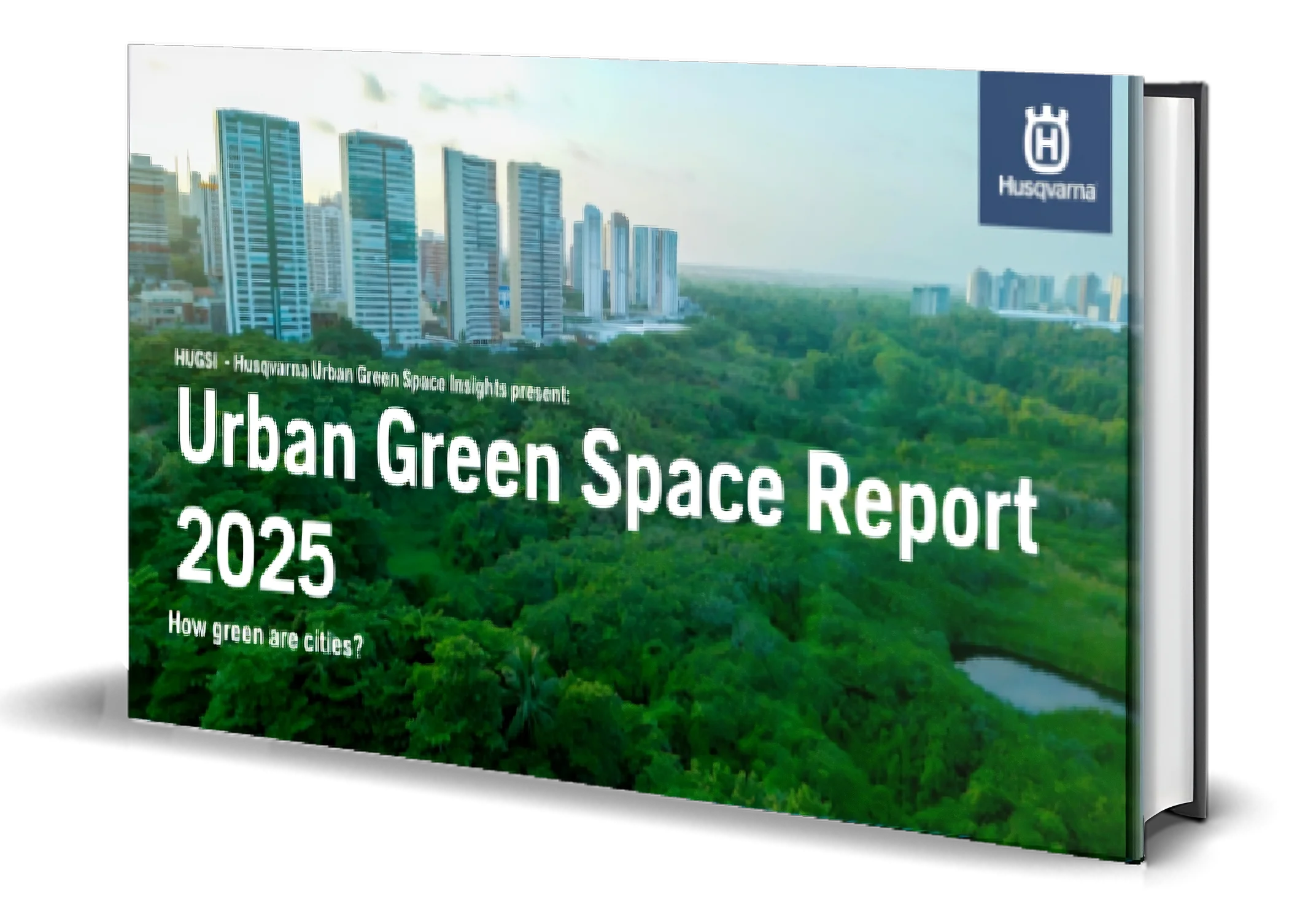Urban Green Spaces continue to decline across the world
This year’s data indicates that the global average remains steady at 43%, unchanged from last year. Notably, even with the inclusion of 172 new cities in our study, the overall average has stayed consistent.
A negative trend continues
Across the 516 cities examined, 45 million m² of new green space was added. Most of this growth is attributed to expanded grass cover or growing canopy, likely influenced by weather conditions and other passive factors rather than deliberate greening initiatives. On the contrary, a loss of 141 million m² of green space was recorded, mainly as a result of human activities such as construction. Central East Asia, particularly China, accounts for 50% of the total change observed.
In summary, cities saw a net reduction of 95 million m² of urban green space compared to the previous year.
Europe - the greenest region in the world
The analyzed cities range from 3000 inhabitants in the Dutch city of Renswoude to 30 million in Shanghai, China. The average urban green space is 43%, varying from 25% in South & West Asia to 46% in Europe. For instance, Riyadh, Saudi Arabia, has only 1% green coverage, while in some smaller Dutch cities more than 70% of the measured areas are green.
Europe remains the greenest region, with cities like Rome and Edinburgh showing significant increases in green spaces. Vilnius, Lithuania, stands out among European capitals for its extensive and well-distributed green areas, often covered by trees. Sarajevo, Zagreb, and Bratislava also boast substantial and healthy green spaces.
Nature positive cities are possible
Despite the overall decline, 119 of the 516 analyzed cities managed to add more green space than they lost.
“We are happy to be able to onboard 172 new cities this year, covering all capitals of Europe, a complete view of the Nordic countries as well as all Megacities of the world. This increase our ability to understand the global trends in Urban green spaces,” says Erik Swan, green space specialist working with HUGSI at Husqvarna Group.
Highlights from presentation
Watch short clips from past events
HUGSI 2024 Annual event
Heat Islands
GIS Download
Extended boundaries
Temperature View
Learnings
Trends & Insights
Features
Download the Urban Green Space Report 2025
Learn more about the insights from the 2025 release along with a complete list of all cities analyzed.


How was the study conducted?
Learn more about how the study was done and our methodology in the How it works section.
How it works